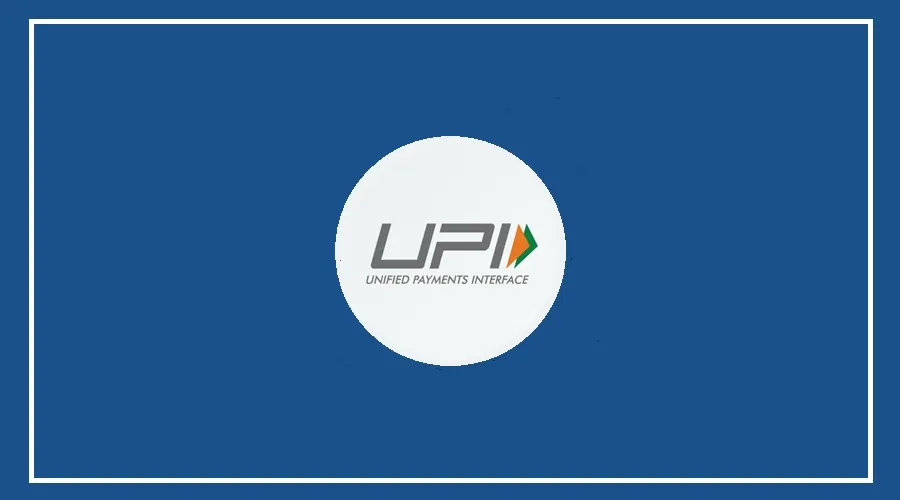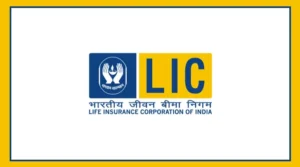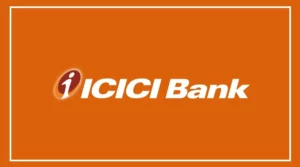Digital payments have become widespread in the country, making transactions easy for most people.
However, it has often been observed that during digital payments, transactions get stuck or fail to reach the recipient for various reasons.
In such situations, people often worry about where their money has gone or when they will receive a refund. A new UPI rule has been introduced to address this.
The National Payments Corporation of India (NPCI) has announced new rules for UPI transactions, set to take effect from February 15, 2025.
These changes will automate the chargeback (refund) process, enabling quicker refunds for customers and simplifying the process for banks.
New UPI Rule
Until now, when a transaction failed, the bank would start the chargeback process from “T+0” (the day of the transaction).
Because of this, the recipient did not have enough time to process the refund. As a result, refunds were often rejected, and the RBI imposed penalties.
The “Transaction Credit Confirmation (TCC)” system will now be implemented to automatically accept or reject chargebacks.
This will remove the need for manual verification and speed up the process.
According to NPCI, the new rule will only apply to bulk uploads and UDIR (Unified Dispute Resolution Interface) cases, and will not affect complaints made directly by customers.
Why do chargebacks happen?
Chargebacks occur when a previously approved UPI transaction is reversed. There are several reasons for this:
- The customer doesn’t recognize the payment.
- A technical issue caused a duplicate payment.
- The customer paid for a service or product but didn’t receive the correct delivery.
- There were technical problems during transaction processing.
What will be the benefit of the new rules?
With the chargeback process now automated, customers will receive refunds faster. Banks will have more time for transaction reconciliation.
This change will help reduce fraud and unnecessary disputes, avoiding penalties from the RBI. Overall, the process will become faster and more transparent.
























